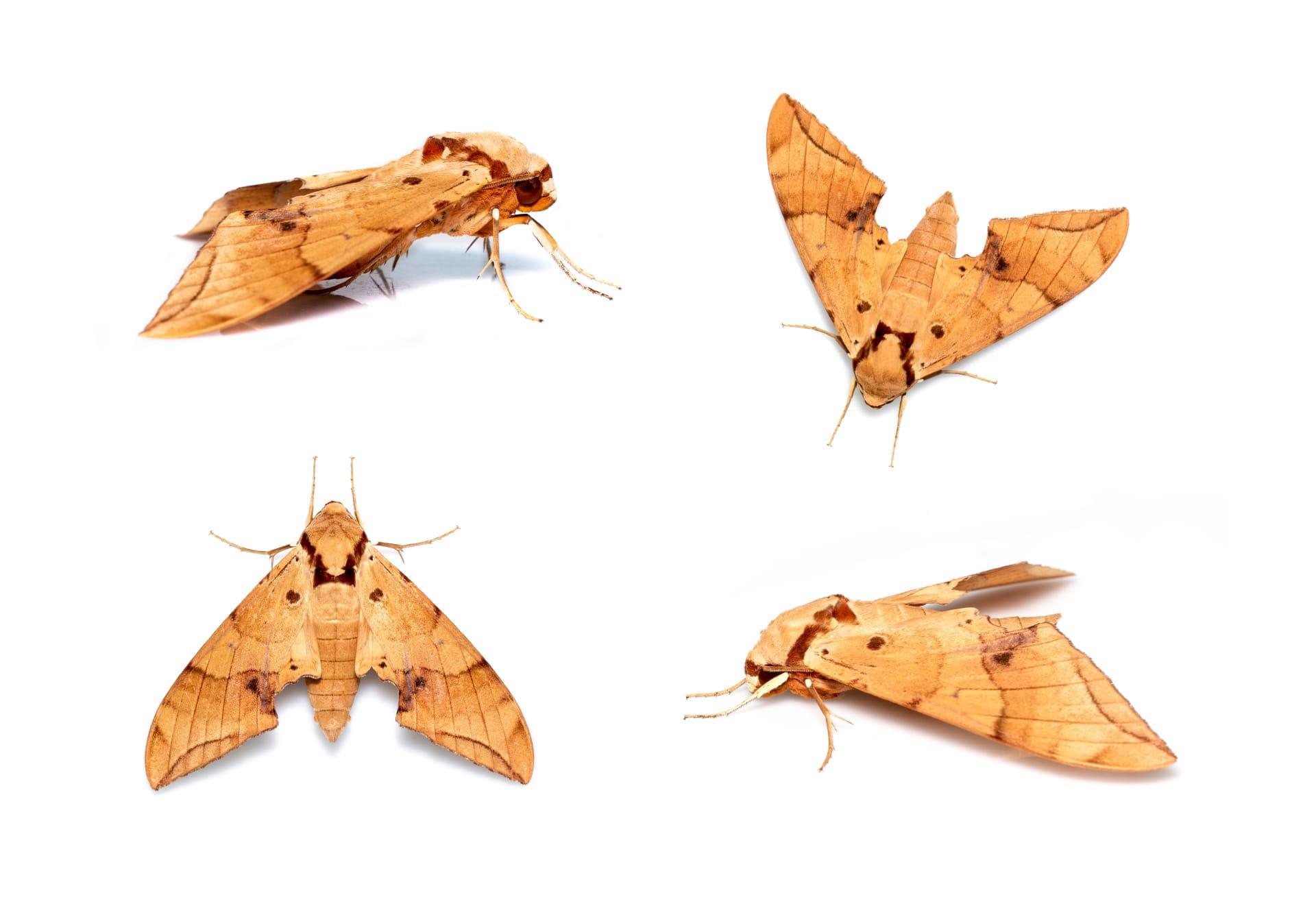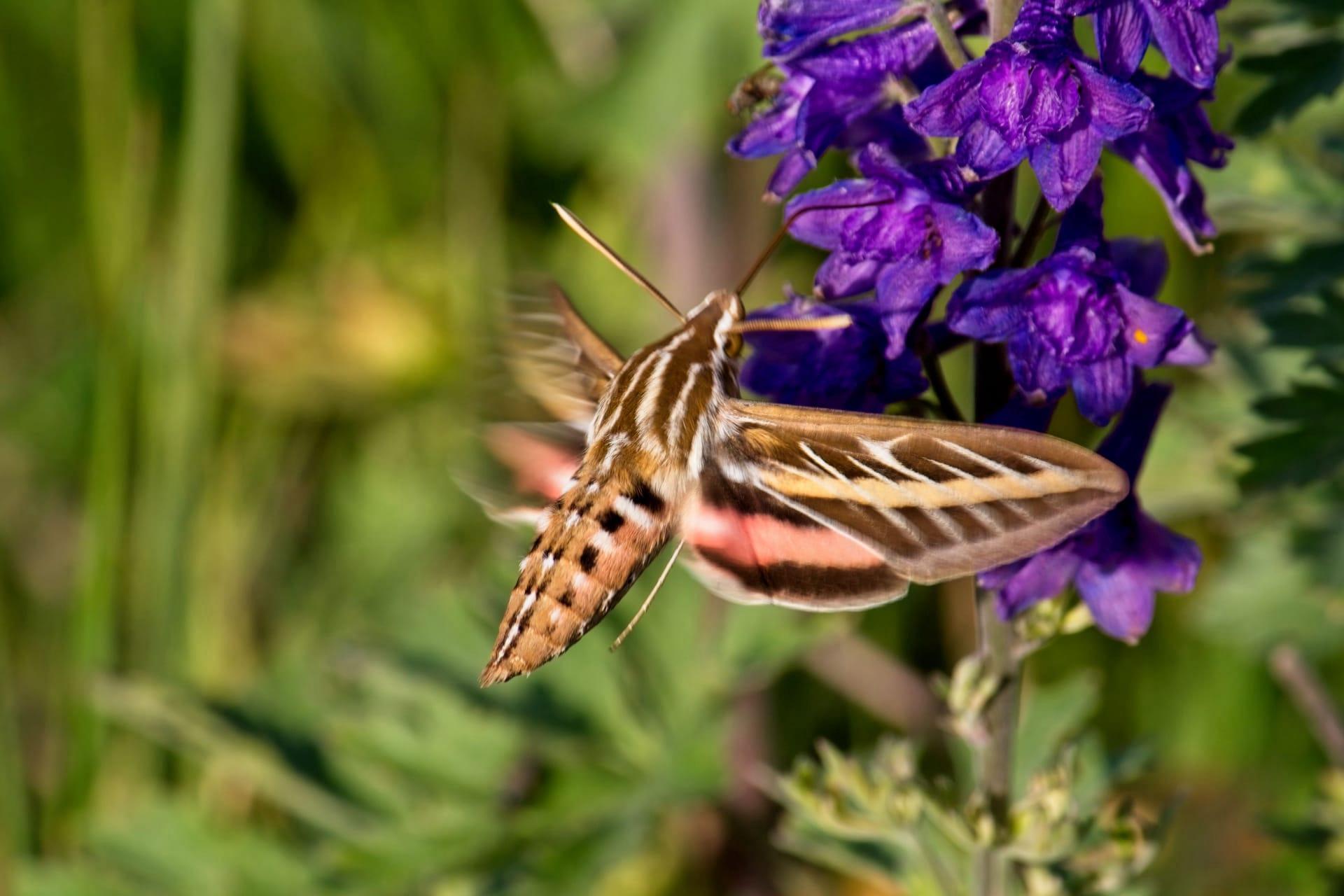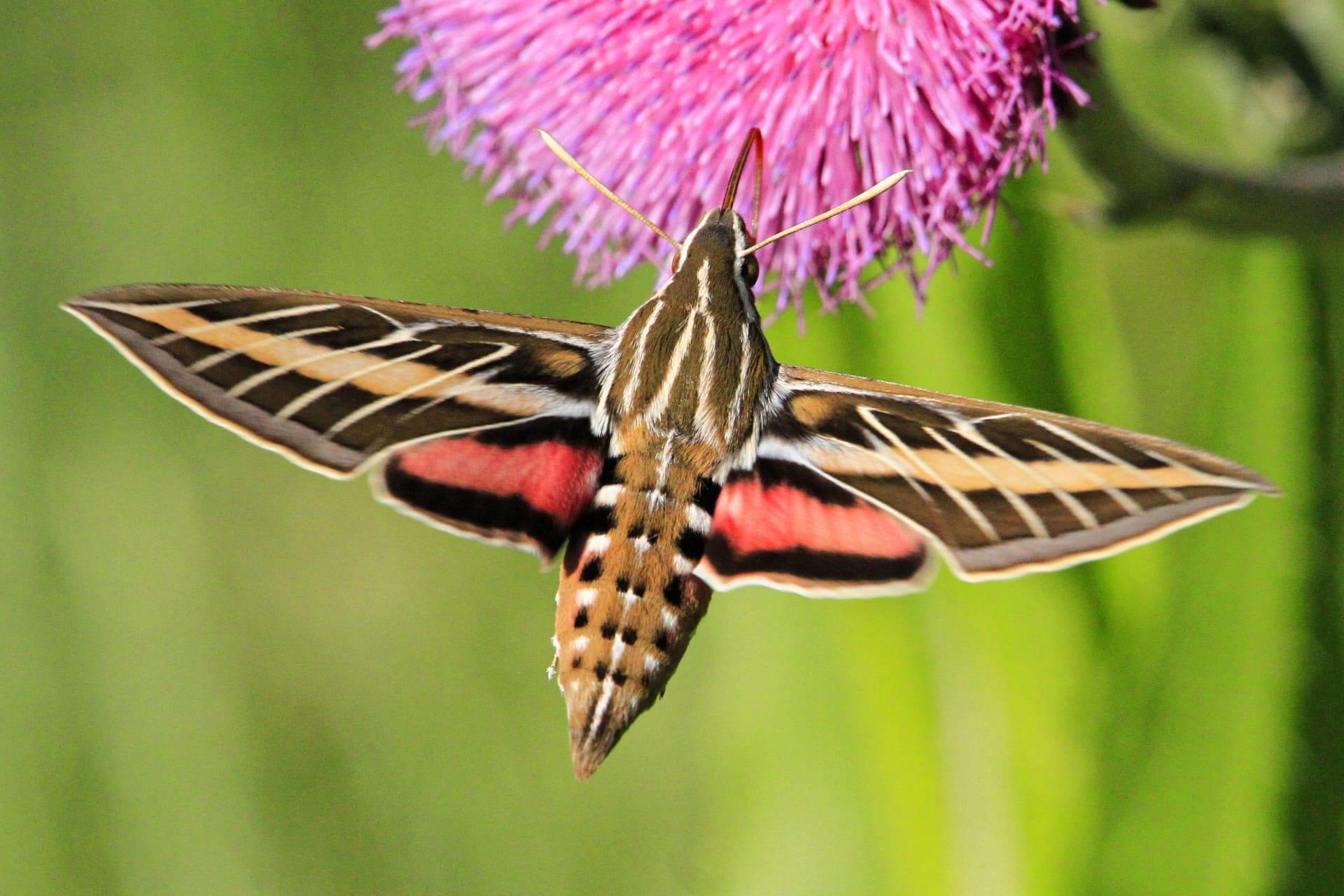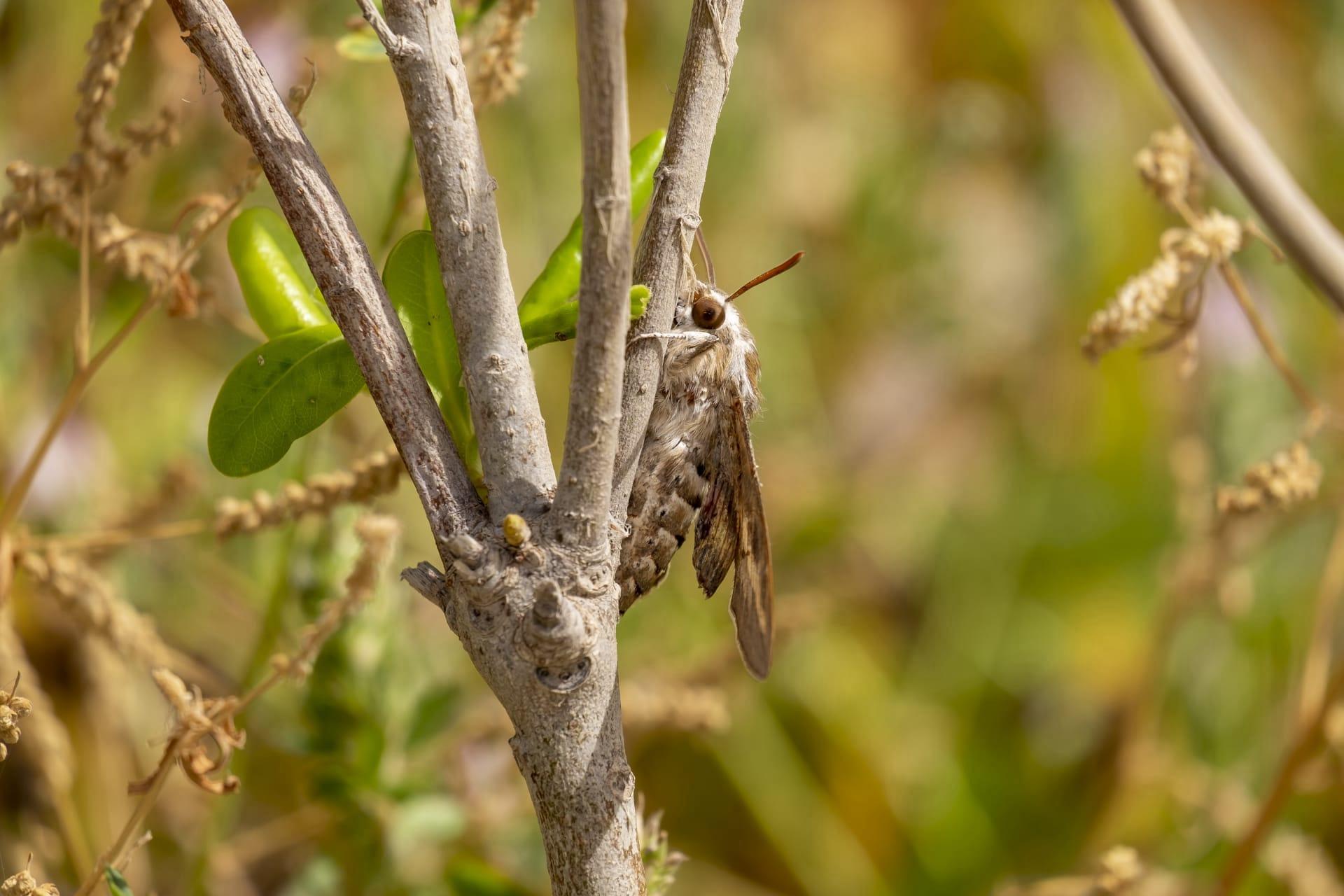1
The Sphinx Moth, known for its impressive size, can boast a wingspan reaching up to 5 inches (about 12.7 cm), making it one of the larger moth species in North America. Its size isn't just for show; it plays a vital role in the moth's survival and mating strategies. The larger wings provide greater lift and maneuverability, crucial for evading predators and navigating through dense vegetation.
An intriguing aspect of the Sphinx Moth is its hovering capability, similar to that of hummingbirds. This moth can hover in place while feeding on nectar from flowers, a skill facilitated by its rapid wingbeats, which can occur at a rate of up to 85 beats per second. This remarkable ability not only aids in feeding but also makes the Sphinx Moth a critical pollinator for many plant species.

2
Sphinx Moths are known for their remarkable speed and agility in flight. They can reach speeds of up to 25 miles per hour (40 kilometers per hour), darting and weaving with the precision of a skilled aviator. This speed is essential for escaping predators and for efficient foraging across vast areas to find food and mates.
The larval stage of the Sphinx Moth, commonly called the "hornworm," has a unique defense mechanism. When threatened, it inflates a horn-like protrusion on its rear end, which is purely for show and not venomous. This horn, coupled with its striking green color and bold patterns, makes the hornworm both a fascinating and intimidating sight.

3
Sphinx Moths use a highly specialized proboscis for feeding. This tube-like structure can be as long as their body - up to 3 inches (7.6 cm) in some species - allowing them to access nectar from deep within flowers. This adaptation is not only essential for their survival but also helps in the pollination of flowers with long, tubular shapes that are inaccessible to other pollinators.
The mating ritual of Sphinx Moths is a dance of senses. Males can detect female pheromones from miles away, thanks to their highly sensitive antennae. This keen sense of smell is crucial for locating potential mates in the vast wilderness, guiding the males to the females for reproduction.

4
Sphinx Moths exhibit an astonishing variety of colors and patterns across different species, ranging from bright pinks and purples to more subdued browns and greys. These colors aren't just for show; they play a significant role in camouflage, mate attraction, and even temperature regulation. The diversity in appearance reflects the moth's adaptability to different environments and ecological niches.
The lifespan of a Sphinx Moth is a testament to nature's efficiency. From egg to adult, their life cycle is completed in just a few months, with the adult stage typically lasting only 2 to 3 weeks. During this brief period, they focus on mating and laying eggs for the next generation, ensuring the continuation of their species in a rapidly changing environment.

5
Despite their size and agility, Sphinx Moths have a surprising diet. As adults, they primarily feed on nectar, using their long proboscis to sip from flowers. This diet is high in sugar, providing the energy needed for their active lifestyle. However, it's low in other nutrients, which the moths compensate for with efficient metabolic processes.
Sphinx Moths play a vital role in their ecosystems, not only as pollinators but also as prey. They are an important food source for various birds, bats, and even other insects. Their presence and abundance are indicators of the health of their habitat, making them valuable components in biodiversity studies and conservation efforts.